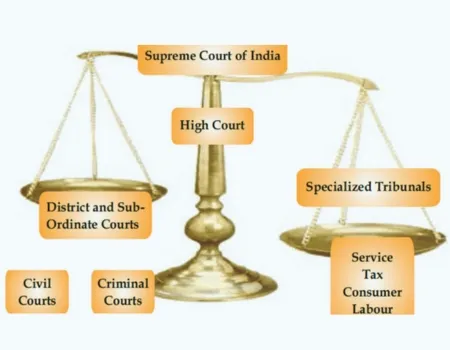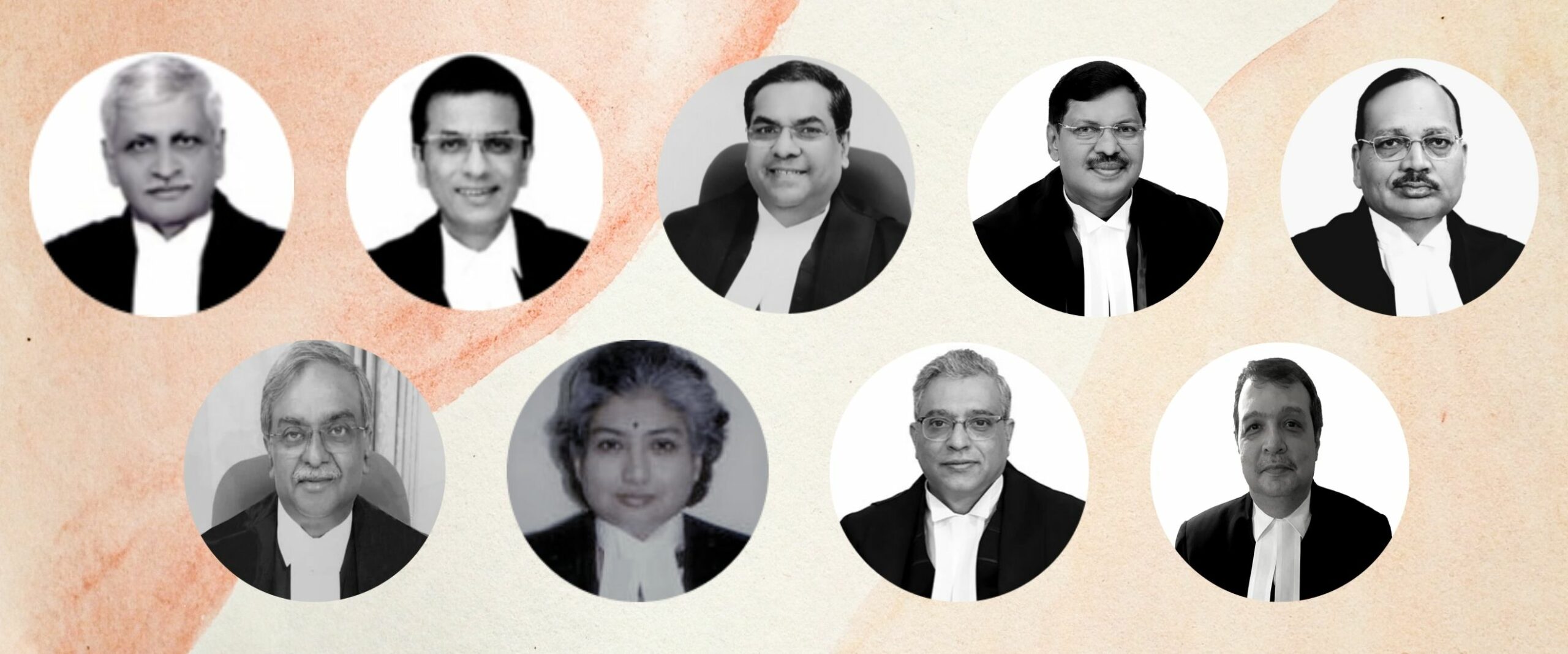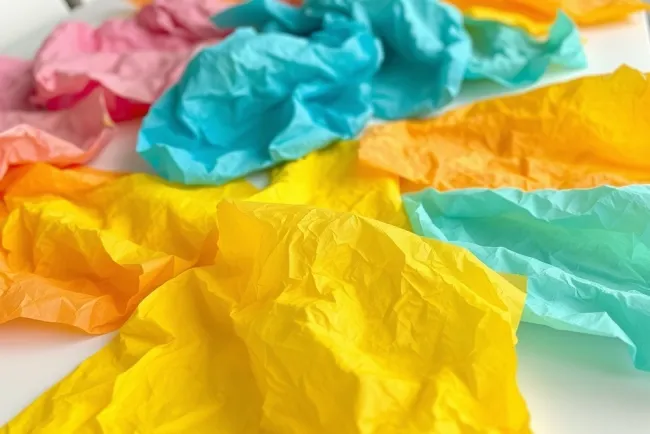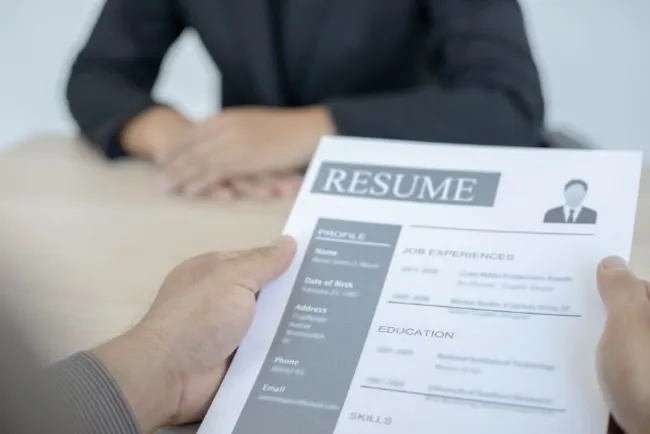Rules nd Top Judeges In India...!!!
The Indian judiciary is a vital pillar of democracy, ensuring the rule of law and the protection of citizens' rights. Despite the challenges, ongoing reforms and the dedication of its top judges continue to strengthen the judicial process in India.

The Indian judiciary is a complex and multifaceted system, with the Supreme Court at its pinnacle, followed by the High Courts and various subordinate courts.
Supreme Court of India
The Supreme Court serves as the highest judicial authority in India, primarily responsible for the interpretation and application of the Constitution. It comprises the Chief Justice of India (CJI) and up to 34 other judges. The CJI is appointed by the President of India and has considerable administrative duties, including case allocation and the appointment of judges to the High Courts.
High Courts
Each state or group of states has its own High Court, acting as the highest court of appeal in that region. High Courts have jurisdiction over civil, criminal, and constitutional matters. The Chief Justice of a High Court is appointed by the President of India in consultation with the CJI and the Governor of the state.

Appointment of Judges
The appointment of judges to the Supreme Court and High Courts follows the collegium system. This system involves a panel of senior judges who recommend names for appointment to the President of India. The collegium system ensures the judiciary's independence from executive influence.
Recent Developments
Recently, the Supreme Court relaxed the rules to allow High Courts to appoint retired judges as ad-hoc judges to address the backlog of criminal cases. This initiative aims to expedite the judicial process and reduce case pendency. The ad-hoc judges will exclusively hear criminal appeals and will be appointed for a limited duration.
Challenges and Reforms
The Indian judiciary faces several challenges, including a large number of pending cases, delays in judge appointments, and the need for judicial reforms. Efforts to address these issues include establishing evening courts, utilizing technology to streamline judicial processes, and recruiting more judicial officers.
Key Figures
-
Chief Justice of India (CJI): The head of the judiciary with significant administrative responsibilities.
-
Senior Judges of the Supreme Court: These judges assist the CJI in administering justice and hearing cases.
-
Chief Justices of High Courts: These judges lead the High Courts and oversee judicial administration in their respective states.
The Indian judiciary is a vital pillar of democracy, ensuring the rule of law and the protection of citizens' rights. Despite the challenges, ongoing reforms and the dedication of its top judges continue to strengthen the judicial process in India.
What's Your Reaction?

















